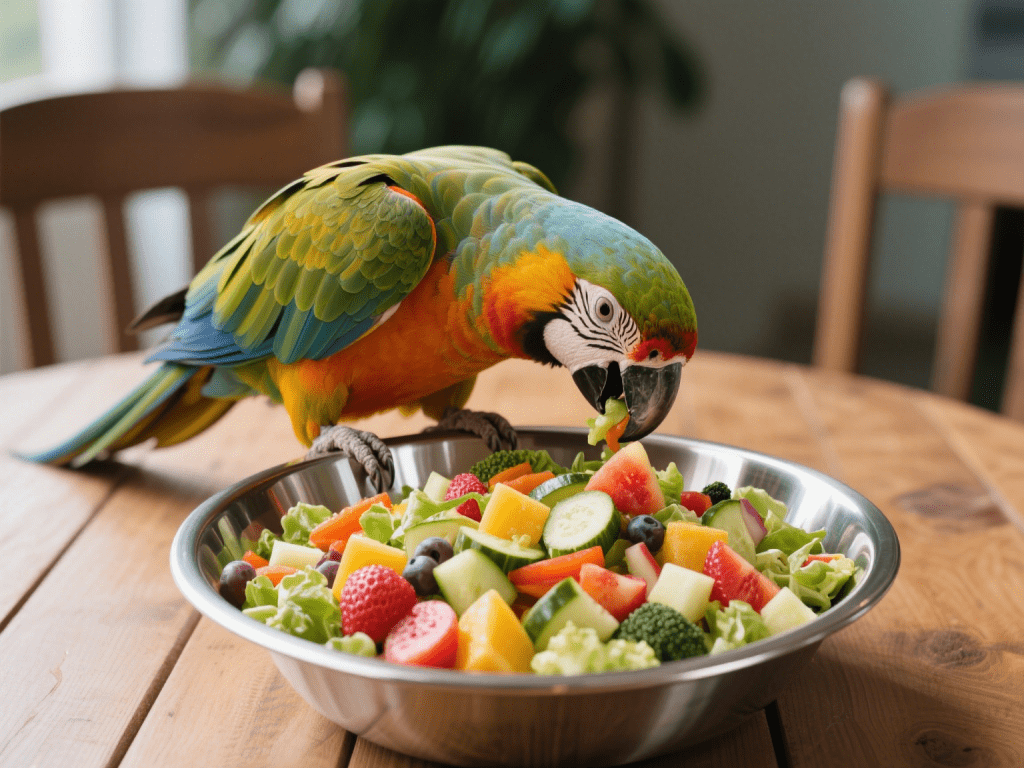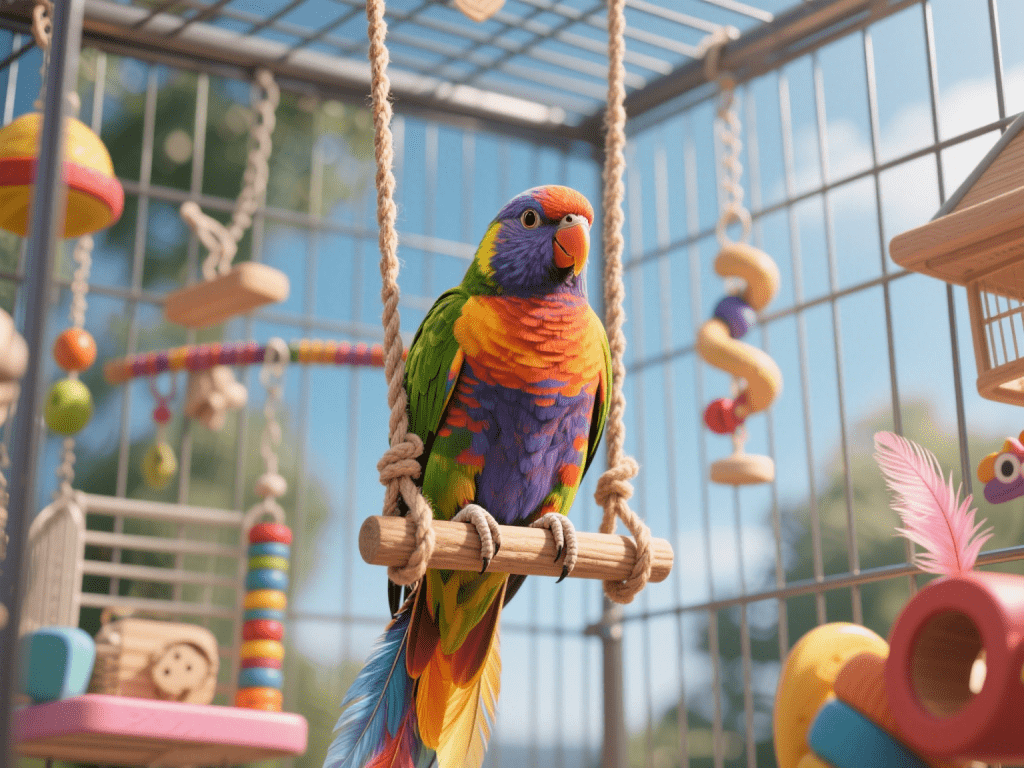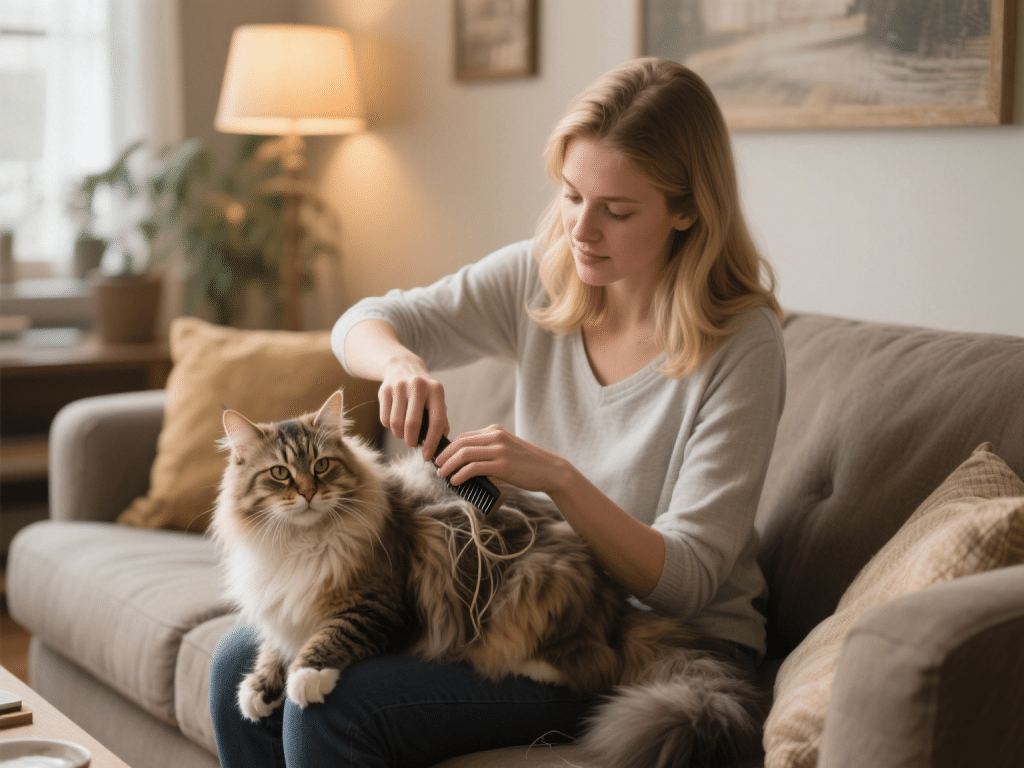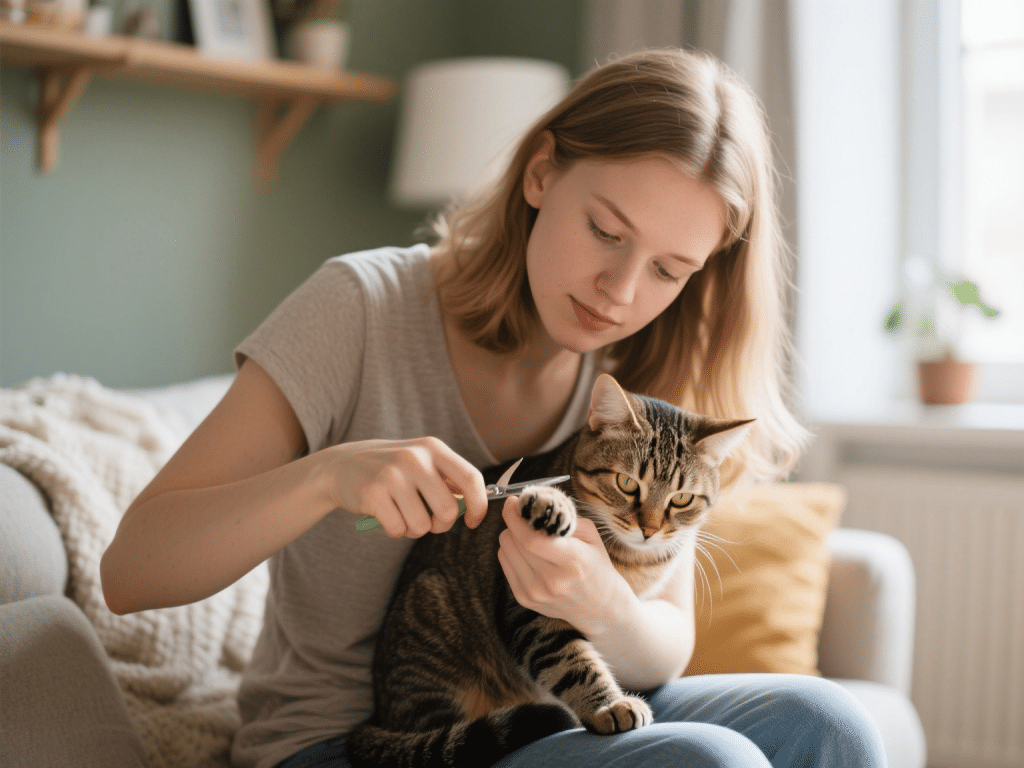
Traveling with Your Cat: Preparation, Carriers & Stress‑Reduction Techniques
Few things test a cat’s composure like travel. Yet with thoughtful preparation—carrier...

Providing a balanced, species-appropriate diet is one of the most impactful ways to support your pet bird’s health, behavior, and lifespan. As a certified avian nutritionist with over fifteen years of experience consulting in zoological and companion-bird environments, I’ve witnessed firsthand how optimal feeding transforms feather quality, energy levels, and disease resistance in parrots, finches, and cockatiels alike. This comprehensive guide lays out the “why,” “what,” and “how” of avian nutrition, tapping into the latest research, hands-on case studies, and pragmatic feeding strategies you can implement today.
Birds possess high metabolic rates and specialized digestive systems uniquely adapted to wild foraging on seeds, fruits, flowers, insects, or nectar depending on their species. In captivity, an unbalanced diet—such as seed-only feeding—can quickly lead to:
Obesity & Fatty Liver Disease
- High-fat seeds (sunflower, safflower) offer concentrated calories but minimal essential vitamins, leading to adiposity and hepatic lipidosis over weeks.
Vitamin and Mineral Deficiencies
- Seeds lack key micronutrients (vitamin A, D3, E, calcium) critical for immune function, bone health, and feather integrity.
Behavioral Issues
- Erratic blood glucose levels from sugary fruits or sunflower-heavy mixes precipitate hyperactivity, aggression, or chronic lethargy.
Shortened Lifespan
- Companion parrots regularly live into their 50s when fed optimally, but suffer reduced longevity with imbalanced diets.
By contrast, a balanced regimen stabilizes energy, prevents common metabolic diseases, and supports vibrant plumage and positive behaviors.
Rationale: Designed to deliver complete nutrition, high-quality pellets contain fortified vitamins, minerals, and amino acids missing from seeds alone.
Selection Criteria:
≥18% crude fiber for digestive health
Fortified with vitamin A (beta-carotene), D3, E, calcium, phosphorus
No artificial colors, flavors, or added sugars
Species-specific formulations (e.g., small-bird vs. large-parrot pellets)
Portion Guidelines:
Small parrots (cockatiels, conures): 1–2 tbsp per bird per day
Medium parrots (African Greys, Amazons): ¼–⅓ cup per day
Large parrots (macaws, cockatoos): ½ cup or more, adjusted for activity level
Rainbow Variety: Rotate offerings from these categories to maximize phytonutrient diversity:
Leafy Greens: Kale, mustard greens, dandelion greens, romaine lettuce
Cruciferous Veggies: Broccoli florets, cauliflower, Brussels sprouts (in moderation to avoid gas)
Root Veggies: Carrot slices, sweet potato cubes (cooked)
Fruits: Papaya, mango, blueberries, apple (seedless)
Legumes & Grains (cooked): Lentils, chickpeas, quinoa
Serving Tips:
Wash Thoroughly: Remove pesticides and hard water residues.
Chop Finely: Ensure pieces fit comfortably in beak and prevent choking.
Introduce Gradually: New items offered one at a time over 3–5 days to monitor tolerance and stool consistency.
Purpose: Reinforce positive behaviors, training, and enrichment without destabilizing macronutrient balance.
Examples:
Nuts: Unsalted almonds, walnuts, pistachios (1–2 nuts per session)
Sprouted Seeds & Grains: Highly nutritious and easily digested; prepare fresh sprout batches weekly.
Pellet-Based Treats: Small portion of dried, pellet-based snacks formulated for training.
Guidance: Limit treat volume to under 15% of total daily intake to avoid obesity.
Delivery Method:
Ceramic Bowl: Heavy and tip-resistant, encourages drinking and bathing.
Bottle System (Supplemental): Useful in humid climates to keep water uncontaminated.
Maintenance: Replace water twice daily; sanitize bowls or bottles with a mild, unscented dish soap weekly.
| Time | Feed Component | Portion | Notes |
|---|---|---|---|
| Morning | Pellets | As per species guideline | Offer alongside a few apple slices |
| Midday | Mixed Greens & Veggies | ~1 cup total | Remove any uneaten after 2 hours |
| Afternoon | Foraging Treat | A few sprouted seeds/walnuts | Use for training or playtime enrichment |
| Evening | Pellet Top-Up & Fruit Medley | 1–2 tbsp | Small fruit pieces; remove uneaten bits |
| All Day | Fresh Water | Unlimited | Check and refill morning & evening |
Species Variations:
Finches & Canaries: Higher proportion of seed mix (30–40%), minimal pellets; focus on millet sprays and specialized songbird pellets.
Cockatiels & Conures: Balanced pellet and fresh greens; limit high-fat seeds to occasional treats.
Life Stage Adjustments:
Juveniles: Higher protein requirement—offer up to 65% pellets/formulated diets.
Breeding & Molting: Increase calcium (cuttlefish bone), vitamin A–rich foods (red peppers), and protein sources (legumes).
Monitoring & Record-Keeping:
Weigh daily at the same time to detect subtle weight loss/gain.
Keep a feeding log noting appetite, stool quality, and food preferences.
Picky Eaters:
Offer mixed textures—combine finely chopped vegetables with pellet crumbs.
Warm slightly (microwave-safe cover) to release aromas and entice exploration.
Nutritional Deficiencies:
Lab panels (plasma carotenoid levels, calcium-phosphorus ratios) can reveal hidden imbalances—consult an avian veterinarian for testing.
Obesity Management:
Swap fatty seeds for air-popped popcorn (unsalted, unbuttered) and increase supervised flight/exercise time.
Crafting and maintaining a balanced diet for your pet bird demands attention to detail, species-specific knowledge, and ongoing adaptation. By centering your feeding program on high-quality pellets, a vibrant mix of fresh fruits and vegetables, controlled treats, and unfettered water access, you’ll foster robust health, stunning plumage, and a zestful spirit. Remember: meticulous observation, thoughtful variety, and evidence-based adjustments pave the way for your feathered companion’s optimal well-being and a rewarding, long-lasting partnership.

Few things test a cat’s composure like travel. Yet with thoughtful preparation—carrier...

Feather plucking is one of the most distressing behaviors I’ve encountered in over a dec...

Long-haired and semi-long-haired cats enchant us with flowing coats—but mats and tangles...

IntroductionRegular cat claw maintenance is vital to prevent overgrowth, reduce furniture ...

IntroductionWalking on a leash is a fundamental skill for any dog. Without proper training...

IntroductionA sudden refusal to eat in pets can be alarming. Loss of appetite (anorexia) m...
Comments on "Mastering Avian Nutrition: Crafting a Balanced Diet for Your Pet Bird" :